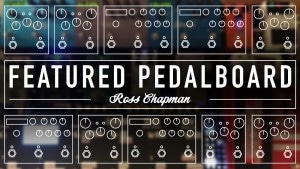
Pedalboard Feature: Ross Chapman
London-based guitarist Ross Chapman has played with numerous artists including Professor Green, Ella Henderson, Labrinth, and Hailee Steinfeld, to name a few. Ross recently sat
Free US Shipping On Orders Over $49
Easy 30-Day Returns
Financing Available Through ![]()
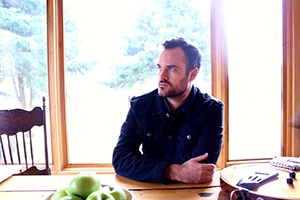 Jazz guitarist Matthew Stevens just released his debut album Woodwork, after working on numerous albums with Walter Smith III, Justin Kauflin, and Harvey Mason. Recently, Matthew has been touring with Esperanza Spalding and will be doing several solo shows around the U.S., Europe, and Japan. Learn more about Matthew and his gear below!
Jazz guitarist Matthew Stevens just released his debut album Woodwork, after working on numerous albums with Walter Smith III, Justin Kauflin, and Harvey Mason. Recently, Matthew has been touring with Esperanza Spalding and will be doing several solo shows around the U.S., Europe, and Japan. Learn more about Matthew and his gear below!
What kind of pedalboard is this, and what is your signal path?
This is a Pedaltrain board that has been added on to and customized by Matt Brewster who owns 30th st. Guitars here in New York. My signal path is Guitar > Boss TU2 > Fulltone OCD > Strymon Deco > Boss DD7 > Earthquaker Disaster Transport Jr. > Tech 21 Boost R.V.B > Strymon blueSky > 2 Vox AC 30s W/ Green Back Speakers. I’m very happy with it and have been especially blown away by the tape saturation on the Deco—it’s the most natural sounding and responsive overdrive I’ve ever used.
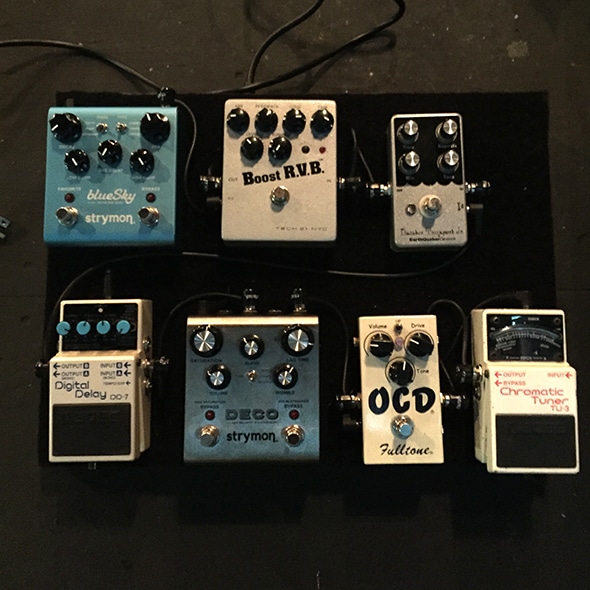
Can you tell us about your debut album Woodwork?
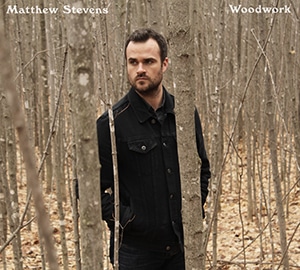 It feels good to share an album that I feel captures the musical world that I am trying to create with such a fantastic group of musicians (Gerald Clayton, Eric Doob, Vicente Archer, and Paulo Stagnaro). I wrote all the material except for a cover we do of a Bowie song called “Sunday” and produced the record as well, so I was in control of each element of the process. I wanted to feature the guitar as the main voice, like the lead singer of the band, and the result is what I feel is the truest recorded representation of my musical voice to date.
It feels good to share an album that I feel captures the musical world that I am trying to create with such a fantastic group of musicians (Gerald Clayton, Eric Doob, Vicente Archer, and Paulo Stagnaro). I wrote all the material except for a cover we do of a Bowie song called “Sunday” and produced the record as well, so I was in control of each element of the process. I wanted to feature the guitar as the main voice, like the lead singer of the band, and the result is what I feel is the truest recorded representation of my musical voice to date.
You have been involved with numerous albums for many different artists, how different was it to work on your own album?
It was very different. Just the amount of responsibility alone was far greater. When you are working on someone else’s album, your primary responsibility is bringing to life that person’s musical vision, followed by being prepared to play at your best and to use your voice to enhance the overall sound of the music. When recording your own album, not only are you responsible to be playing at your best, but you have to be deeply in touch with what the overall aesthetic is that you are trying to create and to be able to lead everyone else in the right direction towards realizing that sound. And that’s not even getting into the logistics which even with the help and support of a label is still a lot to manage. All that being said, making this record has been the most fulfilling thing that I’ve done in my career thus far.
You currently are on tour with Esperanza Spalding. Can you tell us a bit about that experience?
It’s been a lot of fun! So far we’ve done about 6 shows with this new project and we are heading out for about a total of 6 weeks on the bus this summer in the U.S. Esperanza wrote some amazing music and with the core power trio of guitar, bass, and drums, it really reminds me of a cool mix between Joni Mitchell, Creme, the Police and Esperanza’s own very personal sounding music. It was also a blast to get the chance to work a bit with Tony Visconti, who co-produced the record.
What is hot right now in the Jazz scene? Is there any particular Jazz clubs that need to be put on the must go to list?
Well, my personal favorites are the Village Vanguard, The Jazz Standard and the 55 bar in NYC, The Blue Whale in LA, The Bohemian Caverns in DC, Snug Harbour in New Orleans, Wally’s Jazz Cafe in Boston, The Rex in Toronto, and the Green Mill in Chicago. If you ever have the chance to go to any of those clubs, I wouldn’t miss them!
Do you have a bit of advice for an up and coming Jazz guitarist?
My bit of advice would simply be to practice diligently every day for as long as you can possibly concentrate, and also to listen to a lot of music (jazz and otherwise) and to make a study of it’s history, and vocabulary.
Subscribe to our newsletter to be the first to hear about new Strymon products, artist features, and behind the scenes content!

London-based guitarist Ross Chapman has played with numerous artists including Professor Green, Ella Henderson, Labrinth, and Hailee Steinfeld, to name a few. Ross recently sat
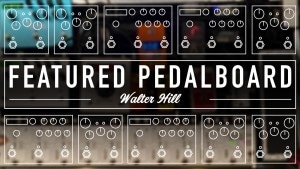
Between touring with two bands, recording, and running his studio (Twin Hill Studio), Walter Hill keeps himself surrounded by music. Find out about all the

Nicholas Semrad keeps busy playing as much music as possible. Which sounds great to us. Nicholas tours with Lauryn Hill, performs and records with Cory